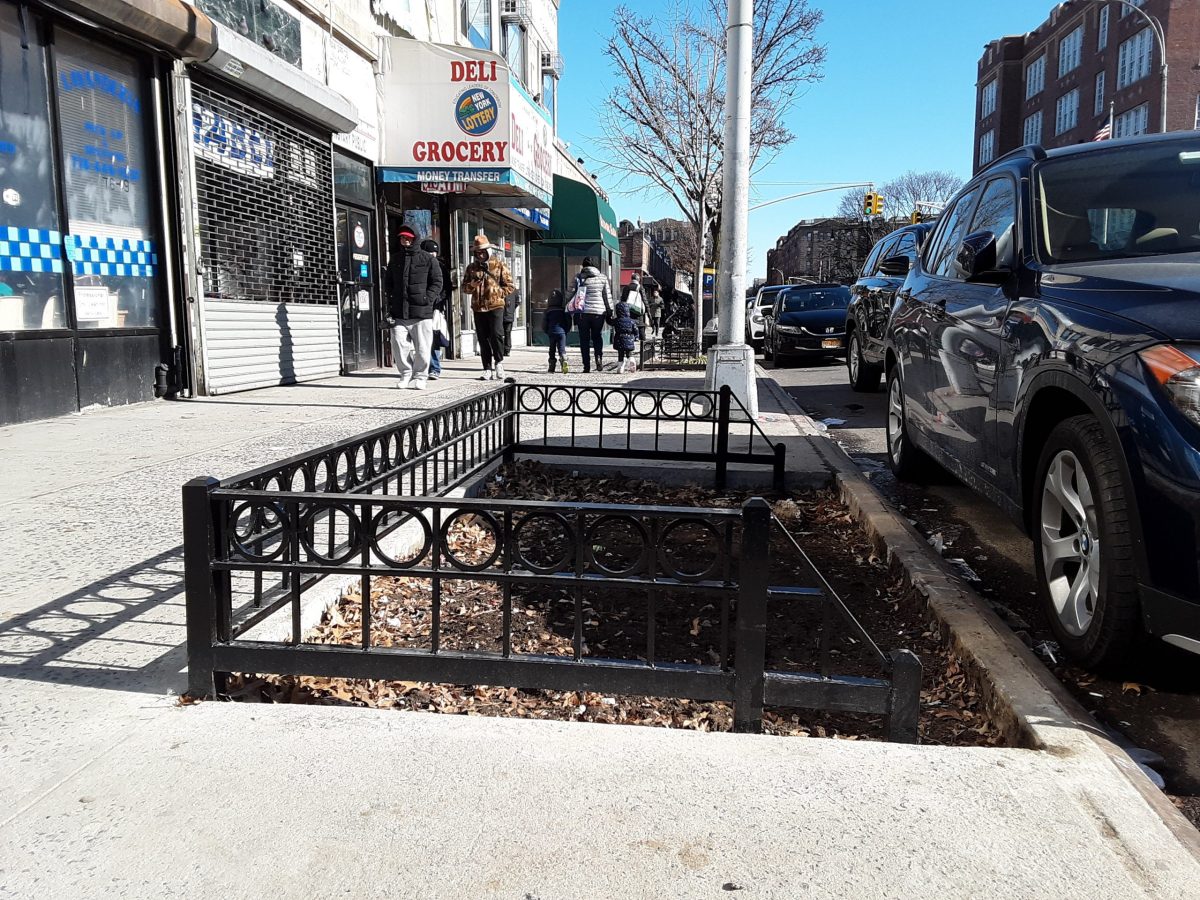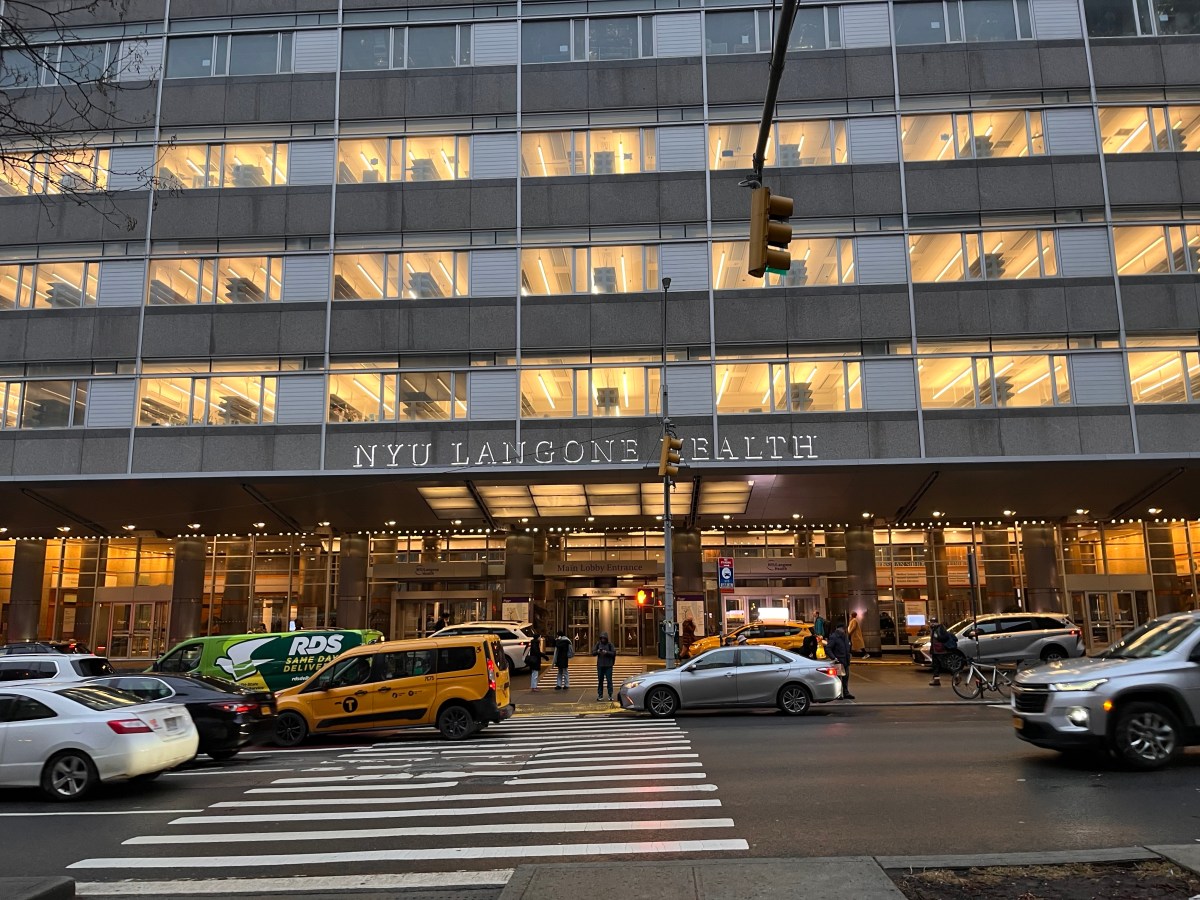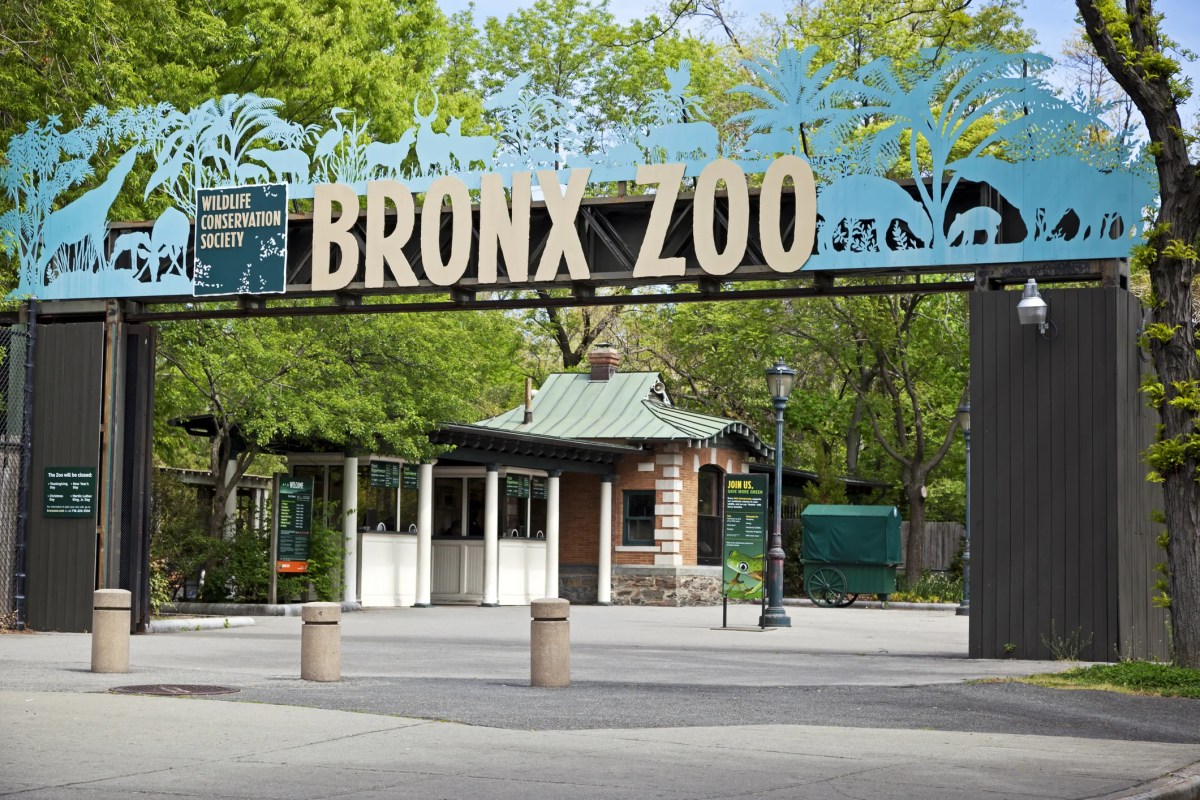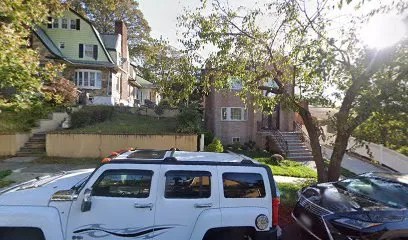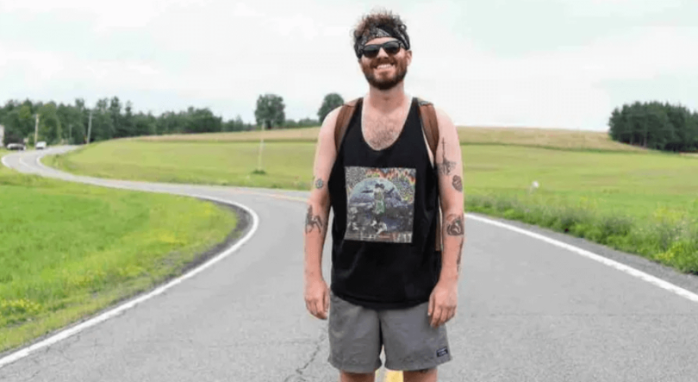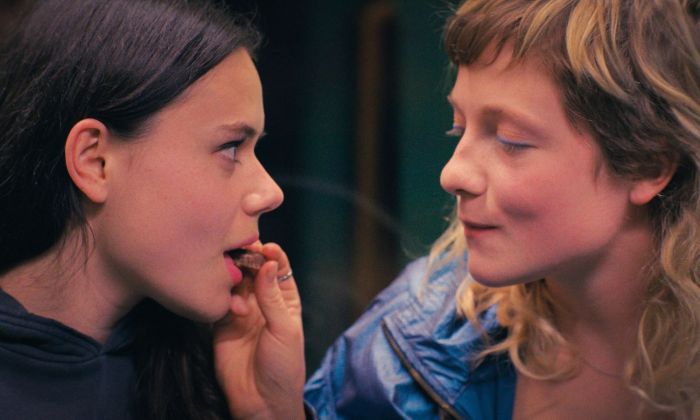BY LEN MANIACE
In October 2015, New York City celebrated the final planting of its Million Trees program with Mayor Bill de Blasio and former Mayor Michael Bloomberg presiding over the installation of a lacebark elm in a Bronx park. Though this marked the official end to the city’s ambitious program to combat climate change, the city planned to continue the sped-up tree plantings to cool sweltering summer sidewalks.
But that did not happen; beginning with the city’s very next budget year, the number of street trees planted began dropping and the decline has continued ever since.
Only 6,646 street trees were planted in the 12 months ending June 30, 2019, one-third the 20,545 trees planted three years earlier.
The cuts were forced upon the city due to rapidly rising costs for planting street trees, according to Department of Parks and Recreation officials. The average cost of planting a tree is $2,700 for the current budget year, nearly double the $1,400 five years ago.
This previously unreported data comes from the Parks Department in response to a Freedom of Information Law request.
“It’s a huge concern if the costs don’t go down,” said Nelson Villarrubia, executive director of Trees New York, a nonprofit group that organizes a citywide volunteer effort to maintain and also plant trees.
The cutbacks are a snag in one key element of New York City’s efforts to transform itself into a resilient city capable of standing up to climate change.
Extensive tree plantings are credited with significantly cooler summer temperatures, less air pollution, improved habitat for wildlife and even less untreated sewage reaching city waters.
More noticeable, though, are the slew of empty tree pits around the city. Many New Yorkers are now waiting an average of 30 months for a tree request to be fulfilled, up from 18 months a few years ago.
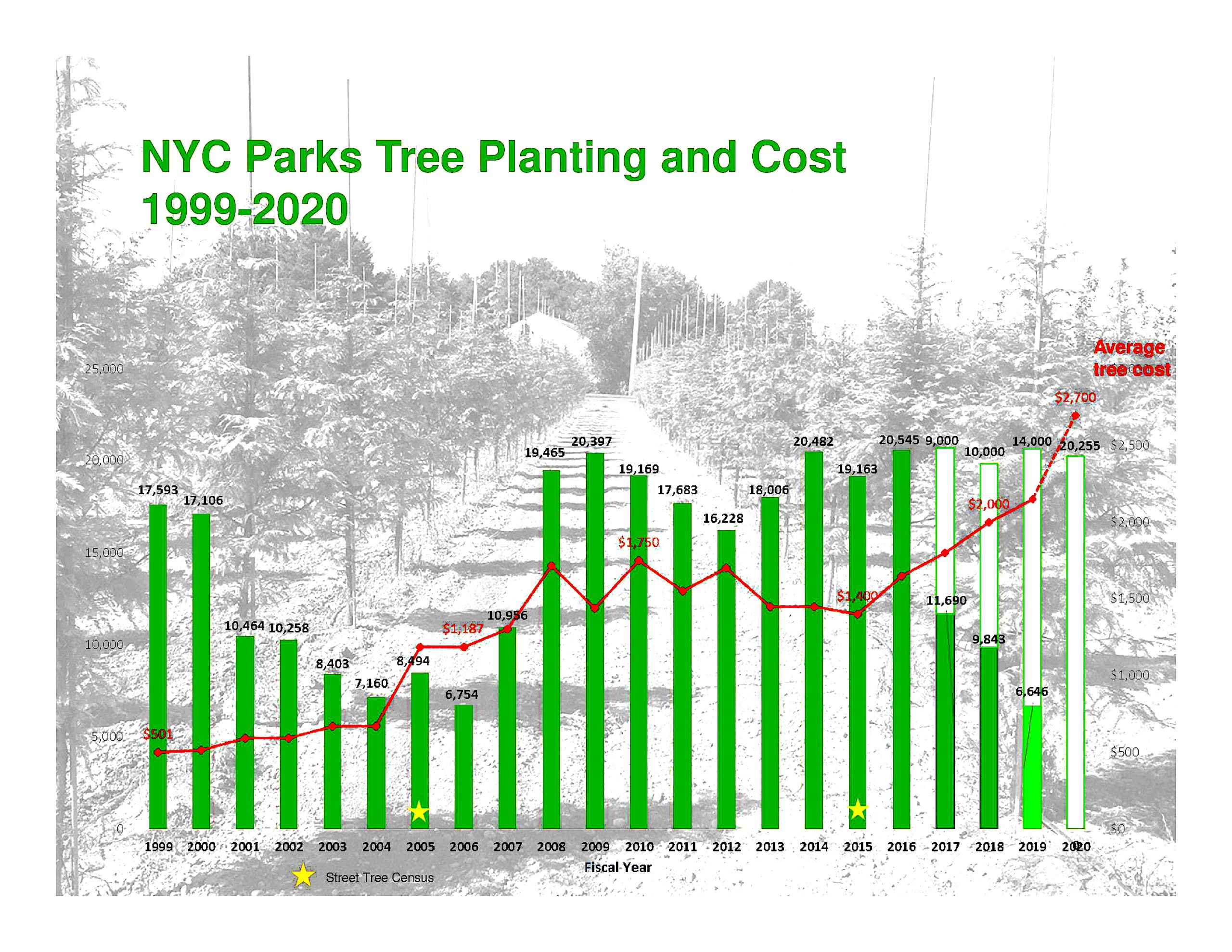
The Parks Department did not answer several emailed questions on the effect of planting cuts on the city’s environmental sustainability efforts or whether the rising costs would jeopardize its tree planting program.
“We can’t comment on hypothetical future increases to tree planting costs, but I can say that we remain committed to greening wherever possible,” wrote Meghan Labor, spokesperson for the New York City Department of Parks and Recreation.
Concern about the effect of climate change on the city is what led then-Mayor Bloomberg in 2007 to launch the Million Trees program. It was completed eight years later under de Blasio’s watch.
The Parks Department planted 750,000 trees, mostly in parks, with 155,000 trees along streets. The New York Restoration Project, a nonprofit group founded by singer and actress Bette Midler, worked with community organizations and businesses to plant the remaining 250,000 on land owned by homeowners, churches and other institutions.
Rising tree-planting costs – from $1,400 in 2015, to $2,100 in 2019 and an estimated $2,700 for the current year – tell only part of the story.
The city has been rejecting significantly higher bids from contractors, leaving the city unable to reach its goals of 20,000 new street trees annually. Together, the average cost of the rejected and accepted bids comes to a staggering $4,300 per tree.
The price increase is due to a shrinking pool of private contractors upon whom the city depends on to plant street trees, officials say. There were only five in 2019, down from 10 in 2015, Lalor said.
Along with planting trees, contractors are responsible opening sidewalks, providing topsoil, maintaining trees for two years, and replacing them if they die during that period.
In an effort to expand the number of contractors in the hope of lowering its cost, the city is reaching out to more businesses including those owned by women and minorities, city officials said.
Even before that happens the city hopes to plant more trees in the city’s current budget year (July 1, 2019 to June 30, 2020) but that appears likely to cost the city an average of $600 more per tree than in 2019.
“Our goal is to plant upwards of 15,000 street trees in 2020,” Lalor said.
City tree planting costs are typically higher than those faced elsewhere, Parks officials acknowledged, due to New York City’s prevailing wage law that requires contractors to pay workers higher salaries. But they maintained that this is not a factor in the increase because the prevailing wage law existed previously.



